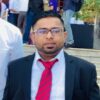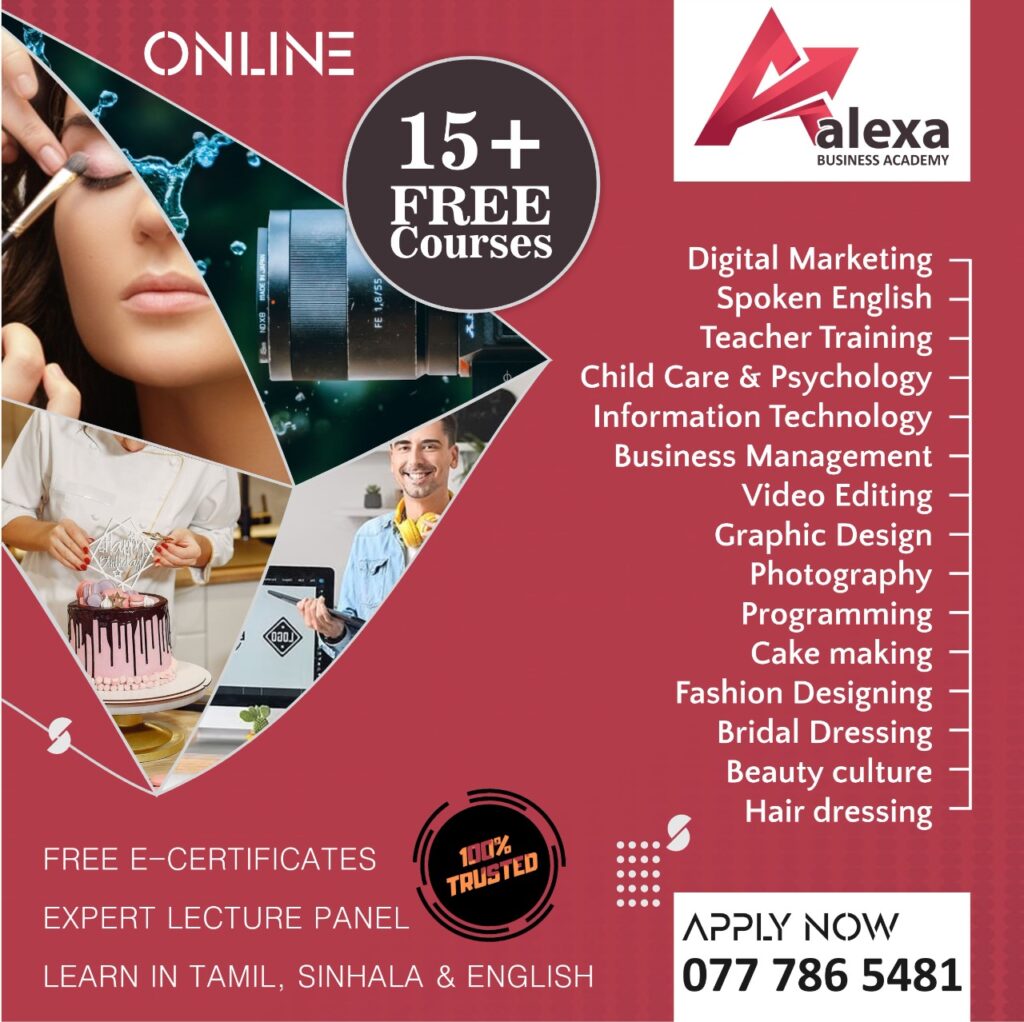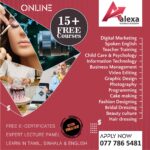There are many articles about optimizing Facebook ads.
However, most of these articles are full of basic knowledge and ideas for basic advice like “install a Facebook pixel” or “create a Facebook audience”.
As far as we know, that doesn’t help much, does it?
Optimization means better campaign results as a result. Separate successful unicorn advertising campaigns from others. If you need to cover your audience members and outpace your competitors, you need to optimize your campaigns before and after posting to Facebook. So what are these 5 magical Facebook ad optimization ideas I’m talking about?
Keep scrolling to read!
- Experiment with Lookalike Audience sizes.
A lookalike audience is a group of Facebook users who are interested in your business because they are similar to your existing customers. They are easy to create and implement. Find high-converting users for your campaigns by simply uploading a CSV file. Facebook lets you choose how much you want to match your base audience. You can set up a 1% to 8% lookalike audience that only includes people who are very similar to your base audience.
For a given context, Alexa experimented with different distances. Experiment with different distances. result? We recommend keeping your lookalike audience small rather than using a large demographic, to begin with. It is better to aim for the lower range limit.

Still, experimenting could give you specific audience insight on the performance of your particular brand with different sizes of audiences within the 1% -3% range.
Once you’ve seen success with the smaller ranges, you can then start exploring larger lookalike audiences even across the globe.
2. Track the frequency of your ads.
Too much of a good thing can bring back the sourness. The same applies to your ad. The more people who see your ad without doing anything, the more they show that they are not interested.
Facebook uses samples and models to estimate ad frequency. However, if frequency values are available, it makes the best guess.
In general, you should keep the number of ads below. A good way to tell if your audience is suffering from frequency fatigue is if you increase your ad spend, engagement drops significantly. The higher the average order value, the more frequently you can advertise.

However, if you are not reaching your frequency range, try increasing or decreasing your audience size. Give your audience time to adjust when you make these changes. It’s best not to do both at the same time. This will allow us to more accurately diagnose where the problem occurred in your ad.
3. Build a Facebook ads funnel.
For most businesses, the ultimate goal of Facebook advertising is to increase sales through e-commerce and beyond. However, that doesn’t mean every campaign should focus on these end goals. Instead, Facebook campaigns are usually most effective when part of an advertising funnel.
You can also keep costs down by building an advertising funnel for Facebook. This is because campaigns with low funnel goals, such as sales or conversions, tend to cost much more. Running a lot of these campaigns without getting your audience warmed up first can end up spending a lot of money without getting results. In contrast, campaigns with top-of-funnel goals such as reach and awareness are typically much more cost-effective to run.
Once you start doing this, you can connect and engage your audience before moving on to more expensive, revenue-focused campaigns, ultimately saving you money and optimizing your results. Here are some Facebook advertising funnels.
- Awareness: first, introduce your business using the brand Awareness or Reach campaign objective
- Consideration: then create interest using the Traffic, Engagement, App installs, Video views, Messages, or Lead Generation objectives.
- Conversion: Finally, Make the sale using the Conversions, Catalog Sales, or Store Traffic objectives.
4. Use Facebook tracking pixels.
Facebook advertising can be one of the great tools to grow your business, but if not set up properly, it can cost you more than it’s worth. To optimize them, first, add a Facebook tracking pixel to your website and pop-up campaigns. Then turn the most engaging posts into all A/B tests and retarget click-through users. Create a growing business and more sales.

5. Retarget the customers
Another classic Facebook ads tip involves retargeting people who have already interacted with your websites to take them through the conversion. Its mentioned often by marketers because of its effectiveness. Excluding purchases allows us to decrease the cost per result as we are not showing ads to users who have already purchased, increasing sales for the campaign.

So, retargeting alone doesn’t always deliver the best results you’ll need to exercise good common sense. Our tips explain how and when you should retarget your audience to snag conversions.
6. Dividing by age or gender
Age targeting is one of the holy grails of demographic marketing. We have also decided to optimize the Facebook ads set depending on the audience’s age. We were awestruck whether to break down the audience into different age groups or unite them all together.
Maybe this is our most unsuccessful test. The audiences divided into age groups demonstrated poor performance. We got too narrow audiences.

Regarding the gender breakdown, we can say that in most cases the advertised product itself indicates the gender of the target audience. The most common targeting is gender-specific listings. When you create your ad, you simply set your gender targeting according to male, female, or gender-neutral listings, so no testing is required. However, for certain product types, you should divide your audience into gender groups and test different versions of your ad for each group.
7. Modifying Ads text
Gone are the days when advertising was written in formal language, leaving no room for creativity or emotional engagement. Today, you should be creative and your advertising on social media platforms should adhere to formats that represent common lingo for that audience. Also, there are sure to be some emojis you can’t miss.

To test how emojis actually work in online store promotions, we decided to experiment with our own store. We featured him on one of our products and did two different promotions. The first was short and simple, with lots of emojis. The second is much longer and written more formally. By the way, the second ad was based on a competitor’s ad and had a higher audience engagement.
8. Explaining discount
We encourage you to display ads during sales events or offer discounts on specific products you want to promote. Due to its nature of, there is no chance of skipping another bargain.
The next test is to optimize the ad text on FB to see which one is more engaging. That is the percentage discount message and the discounted final price message for the product.
This result clearly shows that the discount should be included in the ad. Because such messages guarantee his CTR up and CTR down from FB to store.

However, we recommend testing both variations on a case-by-case basis. Because if the discount rate isn’t impressive, 5-10%, it’s better to emphasize the final price.
Additionally, customers who click the final price link in the message are more likely to purchase the product. Finally, keep in mind that you need to evaluate not only CTR and CPC but also ad revenue.
There is one more message variant that we haven’t tested yet. Sounds like “you save $$”. This means that you can specify not only the discount percentage and final price but also how much money you would save if you purchased the product at a discounted price.
9. Optimization for ad delivery
Facebook offers to automatically optimize your advertising campaigns. If you want to take advantage of this opportunity, you will need to find the Optimize Ad Group Ad Serving option and choose one of the optimization methods.
- Conversions – Facebook analyzes users who convert (for this purpose you need to install FB Pixel on your site and set conversion goals (purchase, add to cart, etc.). Then, according to FB, your ads will be shown to people who are more likely to buy your product. This option for Facebook ad set optimization is only available if you have collected sufficient conversion statistics.
- Link clicks – optimization for the audience that will click on your ad
- Daily Unique Reach – Demonstration optimization. In this case, at most one person will see the ad once.
- Impressions – Optimize the maximum number of times your ad is shown (specifically, the same person can see your ad multiple times in a day). This scenario is ideal for new advertising campaigns (then you can switch to conversion or link click optimization).

If you don’t want to waste your money, we recommend opting for click optimization. Facebook selects people who are likely to visit our website. Therefore, your CTR will be higher, but your CPC will be lower. However, FB doesn’t have enough statistics on clicks, so this strategy isn’t suitable for brand-new campaigns. Because of this, FB cannot draw any logical conclusions.
10. Dividing by locations
For us, one of the most efficient strategies for optimizing advertising campaigns on FB is segmenting our audience by location. Allocate a fixed budget and test different ad variants by region (and possibly by country). It’s very interesting to see the same ad performing very well in one region and having the lowest CTR in another. Another reason for segmenting the audience by geography is that

FB will always choose the easiest route and show ads only to the least expensive audience. If your campaigns aren’t optimized for conversions, you’re spending your budget on people who click your ads but make little or no purchases.
11. Choosing ad placement
Facebook offers a huge amount of space for advertising. There are 4 sections to choose from FB, Instagram, Audience Network and Messenger. Facebook can offer a total of 7 sections (each containing 3-7 points).
- Feeds
- Stories
- In-stream
- Search
- Messages
- Contextual Spaces
- Apps and Sites

Testing all variants requires a significant budget. First, FB and Instagram must have separate campaigns. Because these platforms require different images and text. Ads can then be placed individually in stories. Once you’ve completed testing multiple ads, highlighted the best ones, and are finally self-funding your ad campaigns, start expanding your reach through additional ad placements on Audience Network and Messenger I can do it.
12. Excluding the users who have already converted
It’s important to divide your audience into new customers and those who have already converted (purchased something, signed up for a group on FB, visited a landing page, or performed some other intended action). Repeaters must be assigned to a different audience (in the menu, click Audience – Create Audience – Custom Audience). However, keep in mind that you should exclude people who are already customers. This can be done in the Ad Groups: Audiences > Custom Audiences > Exclude Users section.

13. Retargeting
Converted audiences must be excluded from groups that receive default ads. Such users should absolutely get other users. This is called adaptive retargeting. Retargeting means targeting consumers based on their previous online activity. You can offer your loyal customers additional discounts, novelty ads, and more. Most importantly, the CTR and click cost are consistently high for this target group. Plus, loyal customers are likely to convert faster.

14. Facebook Automated Optimization
Launching a large number of ad campaigns and ad groups, with at least 3-4 ads serving each group, makes it difficult to monitor results regularly. FB has a special feature called automated rules. Here’s what you can customize with this feature:
- Turn off the ads automatically if CTR is lower than 1%
- Turn off the ads automatically if CPC is higher than $2
- Turn off the ads automatically if the Frequency (average amount of ad demonstrations to one person) is greater than 2
- Enhance the ad group budget by 10%, if the cost per result is lower than $5
- Reduce the ad group budget by 10%, if the cost per result is higher than $7










